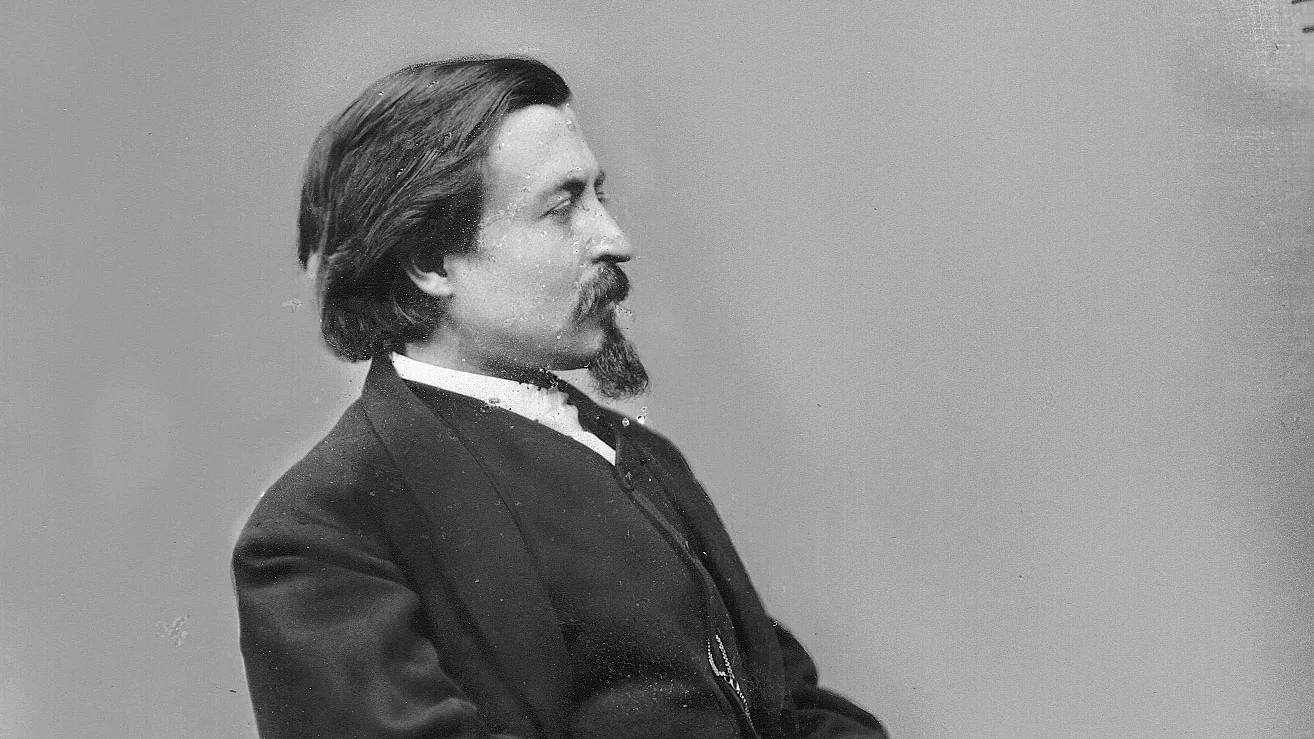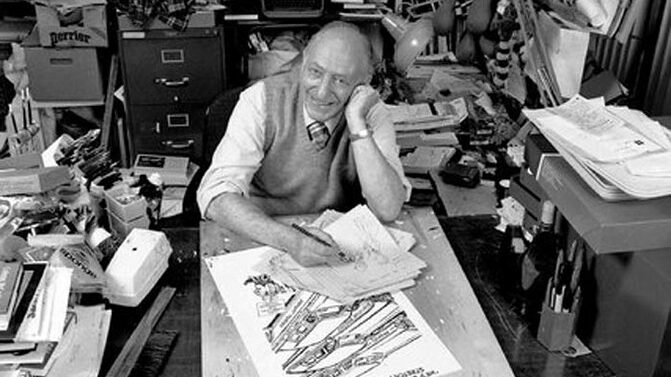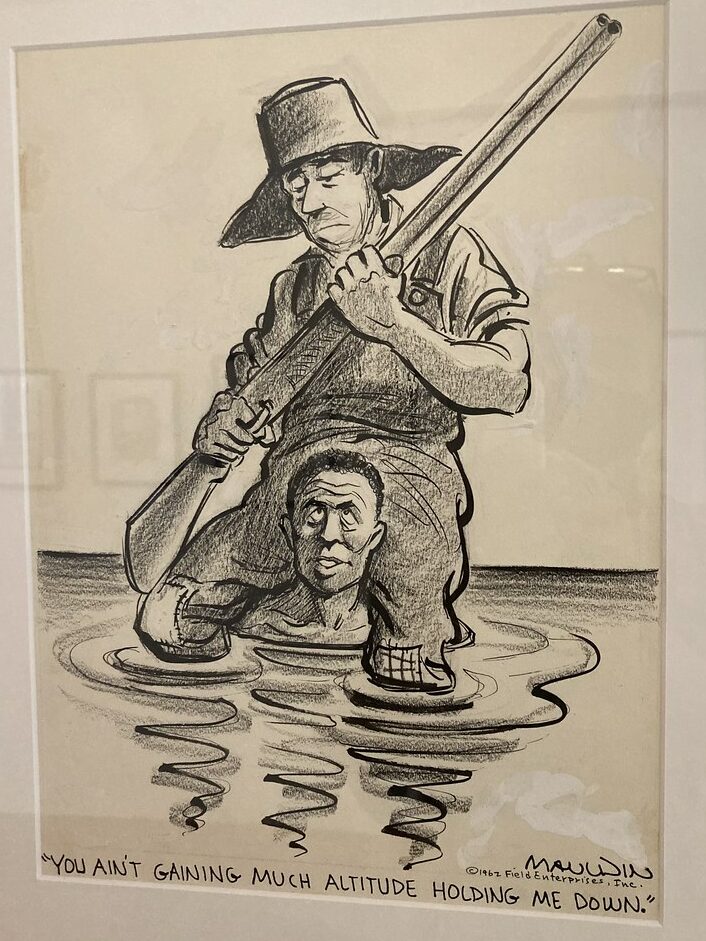The Legacy of Iconic Editorial Cartoonists: Editorial cartoonists have long been at the forefront of social, political, and cultural commentary. With a single image or a series of exaggerated characters, they can influence public opinion, challenge authority, and reflect the pulse of society in a way that few other art forms can. Some cartoonists become legends, shaping the course of history and leaving an indelible mark on the art of storytelling. Their legacy endures not only in their work but in how they shaped the role of editorial cartoons in shaping public discourse.
In this article, we will examine the legacies of some of the most iconic editorial cartoonists, their lasting impact on society, and how they continue to inspire generations of cartoonists and activists.
The Power of Editorial Cartoons: A Brief History
Editorial cartoons have always played a unique role in public life. Their ability to distill complex issues into single, powerful images allows them to communicate ideas quickly and with impact. From political corruption to social justice, editorial cartoonists have used humor, satire, and visual exaggeration to comment on the world around them.
The legacy of these cartoons extends far beyond their immediate political context. The ability to laugh at the powerful while critiquing the status quo gives editorial cartoons a timeless quality. Whether they’re focusing on global crises, local scandals, or societal movements, cartoonists have consistently served as an essential mirror of our world.

Thomas Nast: The Father of American Political Cartoons
Arguably one of the most influential editorial cartoonists in history, Thomas Nast is often referred to as the “father of American political cartooning.” Active in the 19th century, Nast used his cartoons to expose corruption, challenge social norms, and push for reform.
His most significant contributions include his fierce critique of Boss Tweed and the Tammany Hall political machine in New York City. Nast’s cartoons, such as his iconic depictions of Tweed as a bloated, greedy figure, played a pivotal role in bringing the corrupt practices of the Tammany Hall Democrats to light. His work was so effective that Tweed himself famously said, “I don’t care a straw for your newspaper articles, my constituents don’t know how to read, but they can see pictures.”
Beyond his political influence, Nast is credited with creating the modern image of Santa Claus as we know him today. His illustrations of the jolly old man, inspired by the poem “A Visit from St. Nicholas,” helped to cement Santa’s current iconic appearance in the American imagination.
Nast’s ability to use humor and visual exaggeration to highlight corruption, injustice, and inequality left a legacy that influenced not only future cartoonists but also American political culture as a whole. His cartoons made political issues accessible to a broad audience and illustrated how cartooning could be a powerful tool for social change.

Herblock (Herbert Block): A Voice of Integrity and Political Critique
Another towering figure in the world of editorial cartooning is Herblock (Herbert Block), whose work spanned much of the 20th century. Known for his sharp, incisive critique of political figures, Herblock was a voice of integrity, relentlessly holding those in power accountable. His most famous work includes his iconic depictions of Joseph McCarthy, the senator behind the Red Scare, and Richard Nixon during the Watergate scandal.
Herblock’s cartoons weren’t just funny—they were filled with deep moral clarity. His critiques of McCarthy’s witch hunts in the 1950s helped to weaken the senator’s political power and bring attention to the dangers of political persecution. During the Watergate scandal, Herblock’s caricatures of Nixon with his exaggerated jowls and corrupt expression were instrumental in shaping public perception of the scandal and the president’s eventual downfall.
What set Herblock apart was his focus on the larger themes of morality and justice. He was not only interested in political figures and their personal failings but also in the societal forces that shaped their actions. His cartoons often reflected a sense of righteous indignation, offering a moral framework for understanding political issues. For Herblock, the personal and the political were always connected, and his work helped guide the public through some of the most tumultuous moments in modern American history.
Herblock’s legacy continues to inspire editorial cartoonists, particularly those who use their art as a tool for political activism and moral commentary. His work demonstrated how powerful a simple image could be in sparking national conversations about corruption, integrity, and the importance of holding power to account.

Bill Mauldin: Bringing Humanity to War
Bill Mauldin was another groundbreaking cartoonist whose legacy transcends the typical realm of political and social commentary. Known for his work during World War II, Mauldin’s cartoons depicted the struggles of soldiers on the front lines, offering a unique blend of humor and humanity.
Mauldin’s characters, Willie and Joe, were scruffy, disillusioned soldiers who reflected the everyday struggles of ordinary men in wartime. Through his work, Mauldin humanized the war experience, showing both the pain and absurdity of life in the trenches. His cartoons not only captured the spirit of the war but also contributed to the morale of soldiers, who saw their experiences reflected in Mauldin’s work. The humor in his cartoons was often dark, but it resonated deeply with soldiers and civilians alike, providing a window into the struggles of everyday life during a time of global conflict.
Mauldin’s impact went beyond the battlefield, as his work also helped to shape the public’s perception of the war. His cartoons made the experiences of soldiers more relatable and accessible to the general public, reminding them of the human cost of war. By balancing humor with pathos, Mauldin’s legacy as a cartoonist reflects the potential for cartoons to capture both the tragedies and absurdities of war.

The Global Influence of Cartoonists: From Charlie Hebdo to Political Satire
In the modern era, editorial cartooning has taken on a global dimension, with cartoonists from all over the world tackling complex social and political issues. In France, Charlie Hebdo has been a controversial but influential voice in political satire. The magazine’s use of sharp humor to critique religion, politics, and societal norms has sparked heated debates over freedom of expression and the limits of satire.
In 2015, the tragic terrorist attack on the Charlie Hebdo office underscored the dangers that cartoonists and satirists face in today’s world. Yet, despite the violence, the attack only underscored the importance of satire and free speech in a democratic society. The legacy of Charlie Hebdo’s editorial cartoonists is a testament to the power of cartoons to challenge oppressive systems, fight for free expression, and expose the absurdities of power.
Similarly, cartoonists in countries like Turkey, Brazil, and Egypt continue to use their art to critique governments, expose corruption, and highlight human rights abuses, often at great personal risk. Their work shows that, even in the face of censorship or persecution, editorial cartoonists will continue to fight for the truth and challenge authority, following in the footsteps of their iconic predecessors.

The Enduring Legacy: Influence on Future Generations
The legacy of iconic editorial cartoonists has influenced generations of artists who continue to shape the way we engage with the world. Cartoonists today follow in the footsteps of Thomas Nast, Herblock, and Bill Mauldin, tackling issues like climate change, social justice, global conflict, and political corruption. With the rise of digital platforms like Instagram, Twitter, and webcomics, cartoonists now have new ways to reach audiences and continue to push the boundaries of political satire.
In many ways, the legacy of these iconic cartoonists is alive in every piece of art that challenges the status quo, exposes injustice, or offers a laugh in the face of adversity. Their influence can be seen in the cartoons that make us think, laugh, and, most importantly, question the world around us. Whether through humor or sharp critique, the editorial cartoon remains a vital tool for change, and the work of these pioneers continues to inspire both established artists and aspiring cartoonists.
The Legacy of Iconic Editorial Cartoonists: The Enduring Power of Cartoons
Editorial cartoonists have left a lasting mark on society, using their art to influence political discourse, address societal issues, and reflect the complexities of the human experience. From the biting critiques of Thomas Nast to the humor-infused humanity of Bill Mauldin, these iconic cartoonists have shaped not only the art of cartooning but also the way we view the world. Their legacy continues to inspire future generations, ensuring that editorial cartoons remain a powerful, vital force in our ongoing conversations about politics, culture, and society.
This post was created with our nice and easy submission form. Create your post!



One Comment